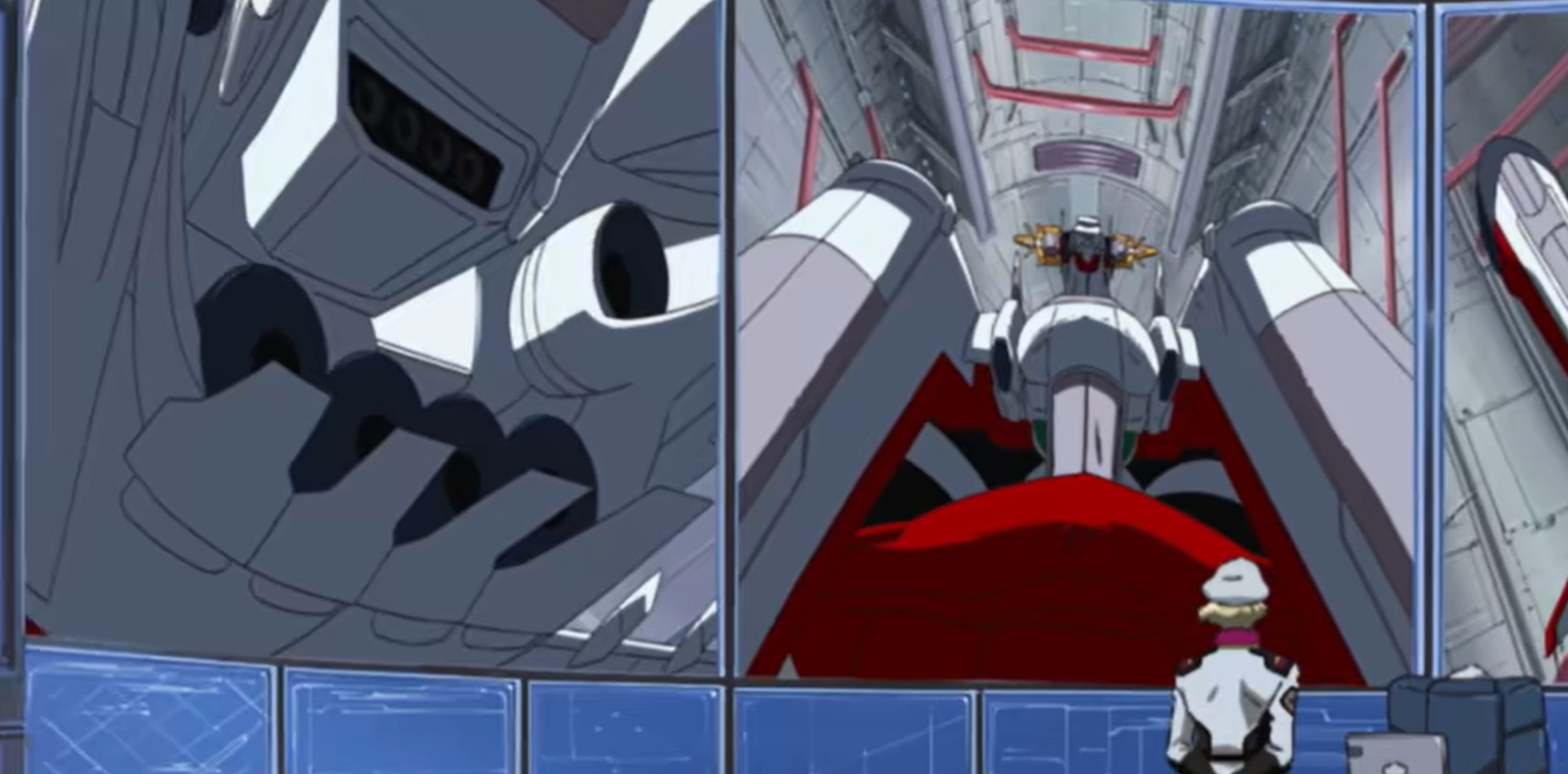In the early phases of the Earth Alliance vs. ZAFT War (C.E. 70–C.E. 73), the conflict rapidly escalated across the orbital fronts. One of the most significant episodes of this period was the so-called “Artemis Incident,” which occurred on March 17, C.E. 71. This event not only represented a strategic humiliation for the Earth Alliance, but also marked a tactical turning point in the war, demonstrating the effectiveness of ZAFT’s infiltration operations and the fragility of seemingly “impenetrable” defenses.

The space station Artemis, controlled by the Atlantic Federation of the Earth Alliance, served as a defensive stronghold and refueling outpost for units in mid-orbit. Fortified with what was known as the Light Shield —an electromagnetic barrier capable of repelling conventional attacks— Artemis was regarded as untouchable by Alliance high command.
At the time, the experimental battleship Archangel, along with the prototype Strike Gundam, was being held at Artemis after being forcibly recovered following engagements at Heliopolis. The leadership at Artemis made their intentions clear: to retain the ship and its advanced technology for propaganda and reverse engineering, even at the cost of compromising its original mission.
ZAFT's Operation
ZAFT intelligence, alerted to the location of the Archangel and the Strike Gundam, orchestrated a coordinated infiltration and assault operation. This became one of the first documented missions to effectively apply Mirage Colloid stealth technology, utilized by pilot Nicol Amalfi aboard the GAT-X207 Blitz, a mobile suit originally developed by the Alliance and captured by ZAFT weeks earlier.
Amalfi, a member of ZAFT’s elite tactical unit, was assigned to execute a silent sabotage operation. His profile made him ideal for the task: a reserved Coordinator with technical training and a meticulous approach to precision missions. The Blitz, using its optical camouflage, managed to penetrate Artemis’s defenses undetected, infiltrating the station’s internal infrastructure.
His objective was clear: neutralize the core of the Light Shield, effectively disabling the station’s main defense. Through a combination of precision explosions and control system interference, Amalfi crippled the shield mechanism, exposing the station to an external attack.
Simultaneously, a team of three ZAFT mobile suits —piloted by Athrun Zala, Yzak Joule, and Dearka Elsman— launched an assault from outside the station, engaging the secondary defenses and creating effective cover for the Archangel.
The Archangel Escapes
Faced with the sudden vulnerability of Artemis and the widespread confusion, acting captain Murrue Ramius and her crew seized the opportunity to retake control of the vessel. At the time, the Archangel’s crew was in a precarious state: they included fallen officers, untrained civilians, and a fragile chain of command.
The critical factor was the participation of young Coordinator Kira Yamato, a civilian pilot who, despite having no formal military background, displayed exceptional compatibility with the Strike Gundam’s operating system. Kira deployed the unit in defense of the Archangel, buying crucial time against ZAFT forces and enabling the ship’s release from Artemis’s docking bay.
The Archangel, forcing its propulsion system to full capacity, broke free from the station and initiated an emergency retreat in an unknown direction. Artemis, meanwhile, began to collapse structurally due to the sabotage and internal chaos.
Consequences of the Incident
The repercussions of the incident were deep and far-reaching.
In military terms, the fall of Artemis dealt a severe blow to confidence within the Earth Alliance. The Light Shield, once the symbol of their orbital supremacy, had been neutralized without direct confrontation, prompting a complete reassessment of defensive strategies and an investigation into the reliability of static technologies against stealth-based threats.
From a strategic standpoint, the Archangel had once again evaded capture. Its continued independence extended the uncertainty around a key asset for both factions—not only the Strike Gundam, but also the valuable combat data and practical experience its crew was collecting. ZAFT, while failing to reclaim the unit, had proven its capability to strike even in heavily fortified enemy territory.
The incident also had a significant political impact. The Earth Alliance faced internal and external criticism for the mismanagement of Artemis, especially for prioritizing propaganda over operational needs. Leaks within the Atlantic Federation revealed tensions between intelligence, engineering, and field operations branches.
Conversely, in PLANT, the tactical success was used to bolster public perception of Coordinator superiority, even as official government statements denied any direct involvement in the attack, as was standard practice.
Nicol Amalfi: The Silent Architect
Although the roles of figures such as Athrun Zala and Kira Yamato have been extensively discussed in later war analyses, the name Nicol Amalfi remains etched in military history for his decisive —yet understated— role in the operation.
Born in Martius, PLANT, Amalfi represented a new kind of combatant: not a hot-headed soldier nor a political strategist, but a technical operator—a specialist combining tactical discipline with technological mastery. His actions at Artemis were a model of efficiency: without causing civilian casualties or unnecessary damage, he disabled one of the most advanced defensive systems in Earth’s orbital network.
The Blitz, under Amalfi’s control, was withdrawn without sustaining damage, and he was quietly decorated by ZAFT authorities, though his identity remained classified for months due to operational security.
The Artemis incident marked the beginning of a series of events that would change the course of the war. After escaping, the Archangel continued an erratic journey through both neutral and hostile territories, avoiding capture while playing a key role in several subsequent engagements.
Although partially rebuilt months later, the Artemis station never regained its former status as an Earth Alliance stronghold. Its fall became a textbook example of how overconfidence in technology can prove fatal when not accompanied by adaptability and vigilance.
To historians of the C.E. century, the assault on Artemis is seen as one of the first modern confrontations between traditional warfare and orbital asymmetric tactics. It also foreshadowed the ethical and tactical dilemmas that would follow, in a war where the lines between civilians and soldiers, Naturals and Coordinators, machines and human will, grew ever more blurred.


